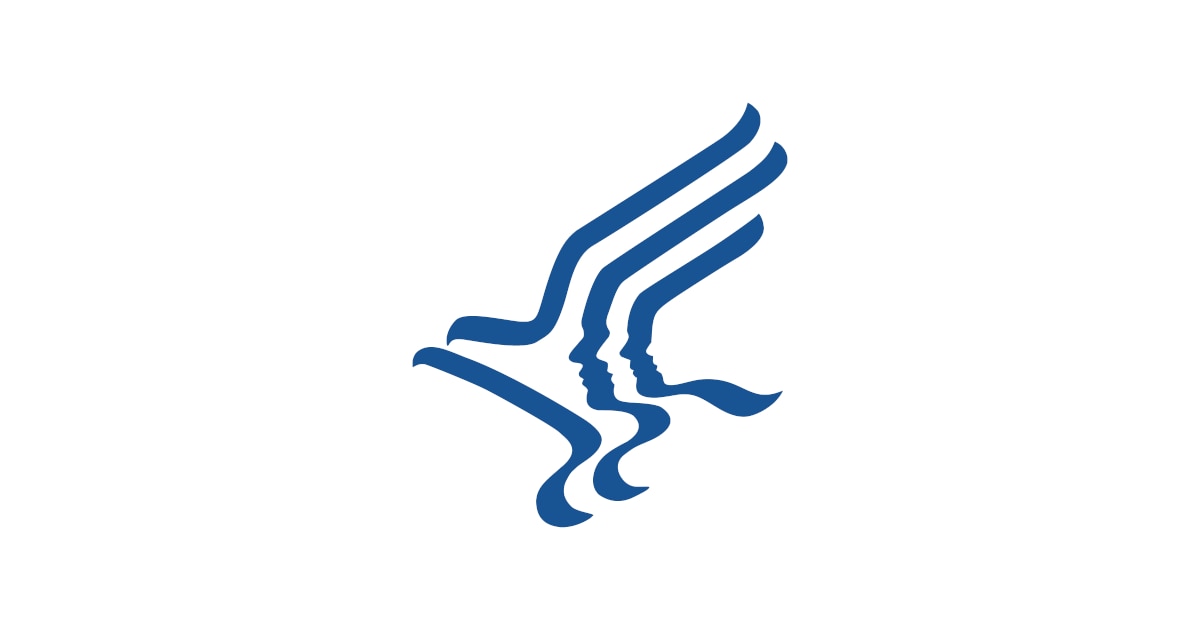
Its clinical name is hepatic steatosis, but this disease is better known by its street name fatty liver. To understand the severity of this ailment and why a fatty liver diet must be considered in the treatment, we must keep in mind that it affects one of the most important organs in the body – the liver – responsible for various very important functions.
To begin with, the liver acts as a filter and blood storage organ. It also metabolizes some hormones and is involved in immunity, regulates glucose levels during digestion, metabolizes proteins and fatty acids, is involved in the storage, activation and transport of many vitamins and minerals, and forms and excretes bile. Additionally, it detoxifies the body of medications, alcohol and other substances of desire.
What is the fatty liver?
Fatty liver is “a abnormal increase in fat deposits in the liver,” explains Ainhoa Alemán, dietitian-nutritionist and member of the Spanish Academy of Nutrition and Dietetics. The causes that cause it are diverse, but it is important to keep in mind that it is a chronic liver disease.
One of the most notable handicaps of this disease is that it is “a silent disease that hardly produces symptoms.” This circumstance means that it is underdiagnosed and can worsen without the patient being aware. “If it is not controlled in time, it can become a more severe pathology and cause serious health problems,” says the dietitian-nutritionist.
Types of fatty liver
The general classification for fatty liver distinguishes two types within this condition:
- alcoholic fatty liverrelated to excessive alcohol intake.
- Non-alcoholic fatty liver. «Its main causes are a sedentary lifestyle and overeating, with diets rich in fat and poor in fiber, which lead to diseases such as type 2 diabetes, obesity or dyslipidemia (high levels of cholesterol and triglycerides in the blood), which in turn produce fatty liver,” says Alemán.
Subdivisions of non-alcoholic fatty liver
Within non-alcoholic fatty liver, a second classification is made, depending on how much the fat has affected this organ:
- simple fatty liver. There are only fatty deposits. It is reversible if it is a matter of time.
- Fatty liver with inflammation or steatohepatitis. In addition to fat deposits, liver inflammation and degenerative processes such as fibrosis appear.
- Cirrhosis. The damage is greater and can lead to liver cancer.

How can I know if I have fatty liver?
The answer is not simple since it is a disease that hardly offers any symptoms. Only rarely does it develop with asthenia, fatigue, discomfort or pain in the upper quadrant of the abdomen. “What is known is that its prevalence increases as the degree of obesityas well as in those patients with metabolic syndrome”says Alemán.
If you have the slightest suspicion of having fatty tissue, it is advisable to “ask the doctor to take a medical history, physical examination and blood test. It is in the latter where liver enzymes are measured,” says the dietitian-nutritionist. If they appear altered, the doctor should consider performing radiological images or a liver biopsy, in the most serious cases.
What to eat to reduce or combat fatty liver?
When considering a diet for fatty liver, the first thing is to determine what type of fatty liver we are dealing with. If it is an alcoholic fatty liver, «it is essential to reduce as much as possible or completely avoid the intake of alcoholic beverages, in addition to personalizing the diet according to protein and calorie needs.» In the case of non-alcoholic fatty liver, “changing the diet is intended to improve the patient’s condition and prevent the pathology from evolving to more serious stages,” comments the member of the Spanish Academy of Nutrition and Dietetics.
The expert also highlights these other recommendations:
- Eliminate alcohol consumption.
- Eat a fiber-rich Mediterranean diet pattern.
- Maintain a healthy weight.
- Stay active, practicing physical exercise.
- Take only the medication prescribed by your doctor and respecting the doses.
Foods that benefit
A first approach to what could be an easy and safe diet for fatty liver is that “fatty liver associated with overweight or obesity improves with gradual weight loss of at least 7% or 10% over a period of time.” one year». The recommendations focus on a calorie-restricted diet and healthy culinary recommendations, such as steaming, boiling or roasting foods.
Sugary foods and drinks are discouraged and the dietary intake of salt should be reduced, as well as foods rich in fat, especially of animal origin, either due to their nature as fatty meats or due to their cooking such as fried foods and batters.
The list of foods allowed in a diet for non-alcoholic fatty liver includes the following:
- Fruits and vegetables: at least 5 servings a day.
- legumes: at least 3 to 4 days a week.
- Whole grain cereals, rich in fiber: daily and adjusted to calorie restriction. Includes whole grain or semi whole grain cereals and rice, whole grain or semi whole grain bread, whole grain oat flakes…
- Foods low in saturated fat and rich in omega 3: fish, especially blue ones (2-3 times a week), nuts (walnuts, almonds, etc.) and oil seeds (sunflower, flax, sesame, etc.)
- Fermented dairy: yogurt or kefir.
- Extra virgin olive oil as main fat.
- Café: 2-3 cups a day. Moderate coffee consumption could benefit the liver.

Inadvisable foods and habits
The dietician-nutritionist points out the following foods, drinks and habits as inadvisable, as well as culinary techniques that do not require large amounts of fat, in patients with fatty liver.
- Drinks containing alcohol.
- Foods rich in saturated fats, such as the vast majority of ultra-processed foods (pastries, sausages, fast food), bacon, suet, fatty red meats, and sources of trans fats (foods with partially hydrogenated fats).
- Added sugars and other sources of simple sugars, such as juices, soft drinks and sweetened dairy products, pastries or a wide variety of ultra-processed foods.
- Exposure to tobacco smoke: There are studies that relate it to increased inflammation and fibrosis.
Dietary supplements and other recommendations
If you look on Google under the search ‘supplements for fatty liver’, you will find many suggestions, not always appropriate. The expert remembers that we are facing a disease and the consumption of any substance outside the diet must always be done under health supervision, even if it is phytotherapy or other supplements.
Sometimes, this disease can be associated with a loss of appetite. Specialists in this case can assess the possibility that “the patient may not consume the necessary energy through diet, so the possibility of incorporating nutritional supplements is usually studied,” says Alemán. These extra contributions must always be supervised by a dietitian-nutritionist and the rest of the healthcare team so that there are no interactions with the drugs, or unwanted effects do not occur.
Weekly menu proposal for non-alcoholic fatty liver
| MONDAY | TUESDAY | WEDNESDAY | THURSDAY | FRIDAY | SATURDAY | SUNDAY | |||
| BREAKFAST | 1 piece of fruit Coffee with skimmed milk 1 slice of bread with extra virgin olive oil |
1 piece of fruit cut coffee 1 skimmed yogurt Whole oat flakes 3 walnuts |
1 piece of fruit Coffee with skimmed milk Whole wheat bread with extra virgin olive oil 6 almonds |
1 piece of fruit cut coffee 1 skim yogurt Whole oat flakes Chia seeds |
1 piece of fruit Coffee with skimmed milk 1 slice of whole wheat bread with hummus and walnuts |
1 piece of fruit 1 Skim yogurt Whole oat flakes Flax seeds |
Homemade apple compote with chia seeds Whole wheat toast with serrano ham | ||
| MIDMORNING | Natural skimmed yogurt or kefir Strawberries, apple, pear, tangerine… or any other fruit Whole oat flakes, wheat or rye sticks 1 handful of almonds, walnuts, chia or flax seeds |
||||||||
| MEAL | Chickpea salad with fresh tomato, onion, tuna and roasted red peppers 1 piece of fruit |
Steamed Brussels sprouts Roasted chicken with potatoes 1 piece of fruit | Platter of chard lentils 1 piece of fruit |
Tudela hearts with tuna Roasted rabbit 1 piece of fruit | Borage dish Pochas a la Navarra 1 piece of fruit | Brown rice paella with fish and seasonal vegetables 1 piece of fruit | Thistle plate Red beans 1 piece of fruit | ||
| SNACK | 1 natural low-fat yogurt + 1 chamomile infusion | ||||||||
| DINNER | Plate of roasted green peppers 2 eggs in an omelette with zucchini and serrano ham Chamomile infusion |
Seasonal vegetable soup Roasted sardines Pennyroyal-mint infusion | Mushrooms sautéed with onion. Grilled turkey Chamomile infusion |
Seasonal vegetable puree Low-salt fresh skimmed cheese Pennyroyal-mint infusion | Broccoli dish Grilled salmon Chamomile infusion | Tender sprout salad Ham omelet Pennyroyal-mint infusion | Grilled artichokes Grilled anchovies Chamomile infusion | ||
The ALDI Council
If you have any digestive pathology, consult a doctor and ask a dietitian-nutritionist for advice to choose the most convenient foods in your diet.

Ainhoa German. Member of the Spanish Academy of Nutrition and Dietetics. She has a diploma in Human Nutrition and Dietetics since 1997 from the University of Navarra (ONU). She graduated in Human Nutrition and Dietetics since 2014 from the University of Navarra (ONU). Master’s Degree in Teacher Training for Compulsory Secondary Education and Baccalaureate. She has completed various continuing education courses since 1997. She currently works as a dietitian-nutritionist in private practice.







